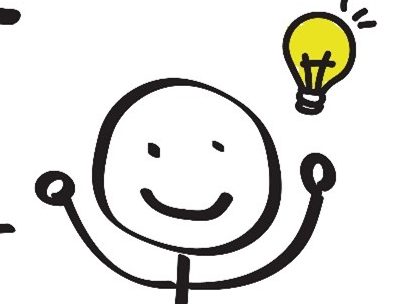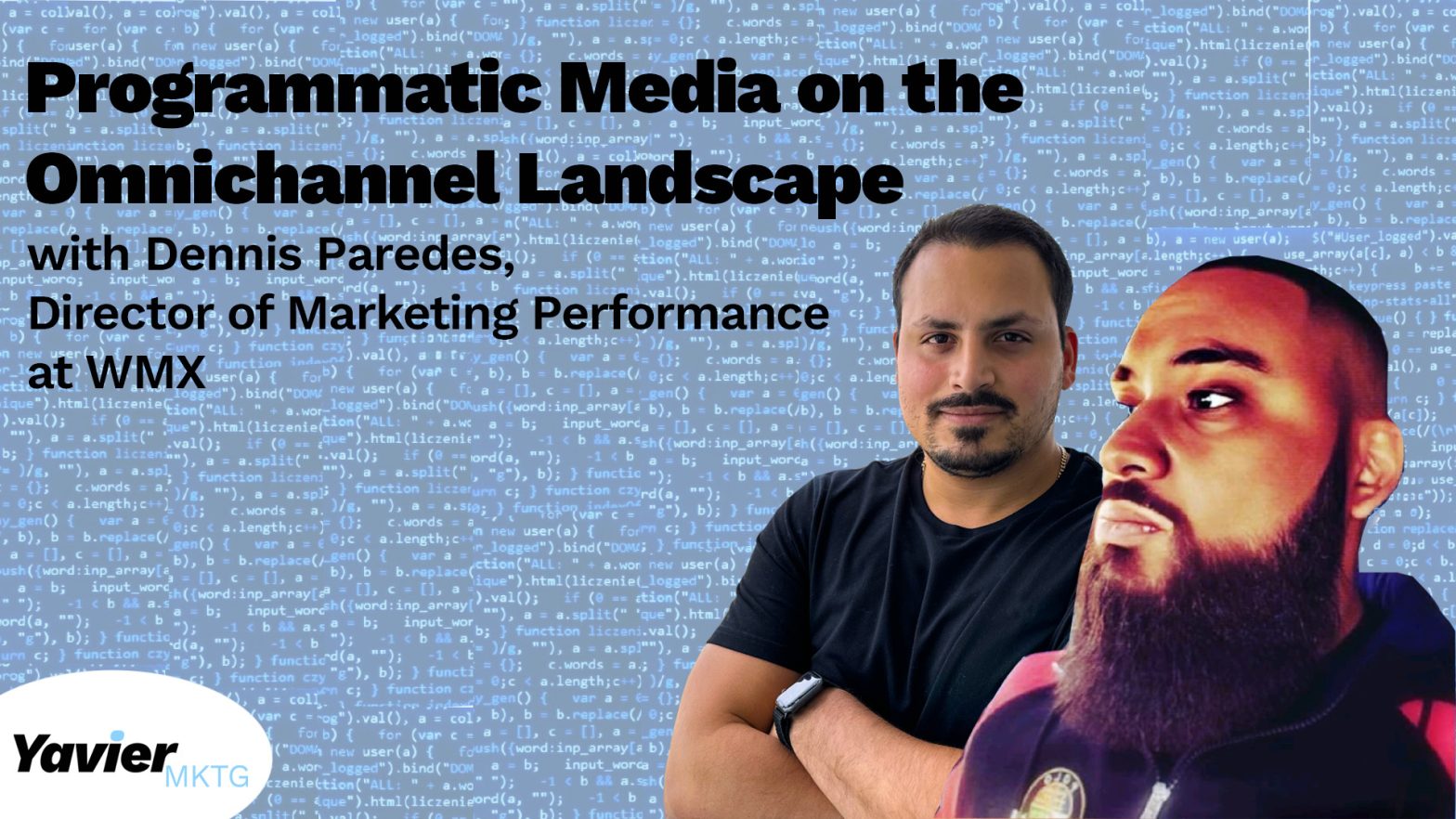In a couple of blogs, I mentioned that in today’s world, there’s no such thing as “digital marketing” anymore. We are living “marketing” in a digital era. Nowadays, ads can run on billboards, TV, and radio digitally. For Billboard, there’s Out of Home (OOH); for TV, there’s Connected TV (CTV) or OTT; and for radio, there is online radio, such as Pandora, Spotify, iHeart, and more. Advertisers can also place ads on news websites to advertise, almost the same concept as placing ads on a newspaper. Also, the arrival of smartphones and how accessible the internet has been in the last ten years has created a new environment in how people interact with the internet and how much time people invest in it, especially with the arrival of social media. This has created a new impact on the marketing mix.

As we all know, the marketing mix consists of Product, Price, Placement, and Promotions (the four Ps)
Product: representation of an item or service to satisfy a consumer’s need or want.
Price: monetary value of the product reflecting what the consumer is willing to pay
Placement: location where the product is going to be sold.
Promotion: marketing activities such as advertising campaigns, sales promotions, public relations, etc. In the last decade, we have seen what Prof. Bahadir calls the new “P”: Personalization. This consists of personalized marketing efforts embracing experiential and relationship marketing concepts. Based on the Strategic Brand Management book by Kevin Lane Keller and Vanitha Swaminathan, experiential marketing creates a connection with the consumer based on experience, and this experience is consumable in four forms: entertainment, education, aesthetic, and escapist. Also, the book mentioned relationship marketing, which puts customers’ needs at the forefront of all marketing efforts, providing a more holistic, personalized brand experience to create a strong tie. This Personalized approach will differentiate from competitors and other marketing or advertising distractions.
Brand positioning can be more difficult as technology and competitors keep growing simultaneously. This is why a strategy in the marketing mix is critical so brands can start differentiating themselves. Thanks to personalized marketing, which allows brands to create marketing approaches based on experience to create relationships, brands will be able to create loyal customers faster since these customers can get what they want the way they want it. Another example is when buying a Porsche; consumers can go to their website and create the car with a custom color, interiors, rims, material, and more.
With the fast growth of the internet and the continued fragmentation of mass media, personalization has helped to improve performance on brand management efforts. More companies have been investing more in personalized experiential marketing efforts since consumers enjoy enjoying this memorable experience without feeling they are being marketed. A great example is when Bad Bunny released his album Un Verano Sin Ti. His marketing team started giving free tattoos of the heart that appeared on the album cover. People started reacting and getting those free tattoos, gaining a personalized experience and creating a relationship with the album, which is the product. Having a tattoo there forever makes that personal relationship that will bring memories. This also ties in with the artist, creating a brand positioning for these fans.

The marketing mix (including Personalization marketing) plays a crucial role in brand positioning. To create a brand positioning, you must have a strategy for the marketing mix. I’ll use the same example I used in my last blog post regarding the events I used to do when I started marketing. The product was the bar where we were doing the events and Corona Extra. Our goal was to make this bar generate more revenue and increase sales of Corona Extra. The price of going to the bar and getting in was only driving less than half a mile to a location with a free entrance. Related to the Coronas, we selected a strategic price from certain hours like a happy hour. Usually, prices were One corona for $2, Two coronas for $5, and a bucket of five for $10. The buckets started selling more than the other deals because it was a better deal in terms of money, and it provides you experience since every time someone orders a bucket, it will bring a bottle opener included on the bucket full of ice. Regarding placement, as I mentioned before, getting to the bar is less than half a mile from campus, and it was very easy to get there after class. Even if people wanted to stay until late and live nearby, they could. It was practically effortless for the target audience we were penetrating. For promotion, we started creating a lot of flyers and putting them on cars and windshields, social posting on Twitter, and tagging different friends who will be attending the event. Once we started developing loyal customers, we encouraged them to use word of mouth to keep inviting more people to the event. At some point, we started noticing that we have a lot of loyal customers, and we must keep them coming and create that relationship with them.

Our team started to look for feedback from the crowd and for opportunities to see how we could improve the consumer’s experience by doing it in a more personalized way so the brand’s relationship could keep developing. We started doing giveaways, bringing live music, and taking photos of the crowd with a backdrop and with their friends so that we could post them on social media and tag them, creating a real relationship with the consumer, among other efforts.
After all these efforts, with time, people started to do two things related to the bar and Corona Extra. The bar also offered lunch, and it was open every day. We were only doing events on Wednesday. After our efforts, this business started to have more student traffic for lunch and drinks after school other than just on Wednesday. This crow was going there because it was easy to go, and the experience they were having on Wednesday was what they were looking for: being relaxed after class and talking with friends. Many of these customers, months after they turn out to be friends of mine and before the events, will not drink Corona. As of today, I still see on their social media that they still drink Corona and they go to events that Corona Extra produces. Our efforts were so successful that even our company started to get traction on social media so they could attend other events that we were doing. This example is a three-way on how brand positioning was made for Corona Extra, El Varadero as a bar, and GR group (our company). This does not mean we were successful in every one of the three ways, but we did see success in each.







Leave a Reply